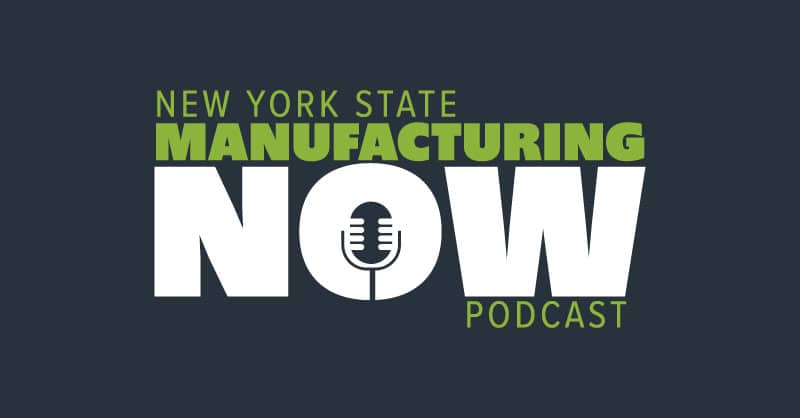It often feels like the days of getting excited about movie trailers have disappeared. The death of Don LaFontaine in 2008, the iconic voice-over actor who lent his instantly recognisable deep pipes to over 5,000 movie trailers, seemed to mark the end of an era for Hollywood, which has since strayed away from this approach to teasing a film.
Trailers used to be a little cliché, with phrases like “In a world…” and “Once upon a time…” commonly used to reel audiences in and transport them to a universe completely removed from their own. Still, these kinds of trailers are nostalgic to so many of us who grew up hearing LaFontaine’s voice teasing the latest releases, which is now noticeably absent.
Nowadays, the most popular way to draw audiences in is to use a well-known song—or perhaps an alternative version of it—but it’s safe to say that kids today certainly aren’t watching movie trailers on YouTube the way that many children did in the 2000s.
The trailer industry has existed since the 1910s. The first trailer was for a play, The Pleasure Seekers, which Nils Granlund made to advertise after film screenings at Marcus Loew theatres. The technique proved successful, and in 1919, a company called The National Screen Service was formed to create trailers for the most anticipated new releases, which they did for around 40 years.
As trailers became more popular, other filmmakers started to make their own, and soon they became standard procedure – there are hardly any movies out there that don’t now have their own trailers. They also began to be shown before movies rather than after, ensuring audiences were likelier to see these teasers.
While we all sit through these advertisements at the cinema, most of us will end up watching trailers for films we’re most excited about on YouTube, where they are easily accessible for anyone with internet access. As a result, some trailers, like a certain superhero movie released last year, have racked up millions of views.
What is the most-watched movie trailer of all time?
Despite only hitting theatres in 2024, the trailer for Marvel’s Deadpool & Wolverine was viewed 365million times within the first 24 hours of airing across combined platforms, which isn’t short of impressive. The film, which was directed by Shawn Levy, saw Ryan Reynolds, who plays Deadpool, also co-write the script. He starred alongside Hugh Jackman as Wolverine, with the characters merging their respective successes together to make a crossover suitable enough for Marvel fans to get very excited.
The movie managed to gross $1.338billion worldwide, although it was hardly cinematic excellence. Standing as little more than your average superhero blockbuster, the film received a mixed response from critics, but that didn’t stop it from becoming incredibly successful with cinema-goers.
Do trailer views guarantee success?
While in this instance, the movie trailer’s views certainly guaranteed its success, this is not always the case. Take Joker: Folie à Deux for example, which racked up 167million views within 24 hours of hitting YouTube. The movie was highly anticipated following the Oscar-winning success of Joker, but the musical sequel ended up being a complete failure, both critically and commercially, despite the trailer’s popularity.
It seems that a film’s success depends on more than just a good trailer. If word gets out that a movie is actually not worth people’s time, an exciting trailer can quickly be rendered useless, and at the end of the day, people love to hate-watch; just because a trailer has lots of views doesn’t mean that audiences actually want to go and see it.
Popular News
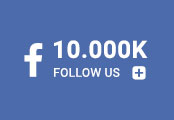
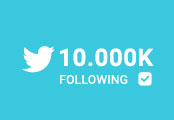
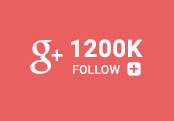
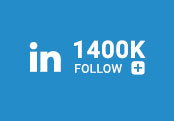
Current News
Manufacturing

Collaboratively administrate empowered markets via plug-and-play networks. Dynamically procrastinate B2C users after installed base benefits. Dramatically visualize customer directed convergence without
Collaboratively administrate empowered markets via plug-and-play networks. Dynamically procrastinate B2C users after installed base benefits. Dramatically visualize customer directed convergence without revolutionary ROI.





About Us
Tech Photos
























